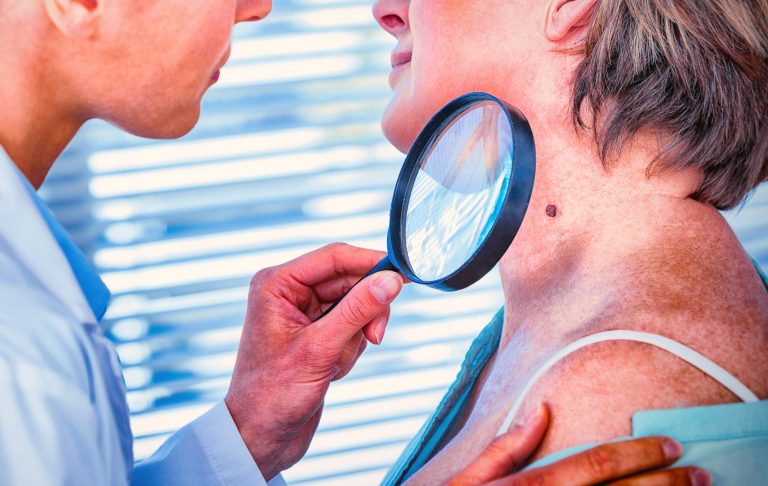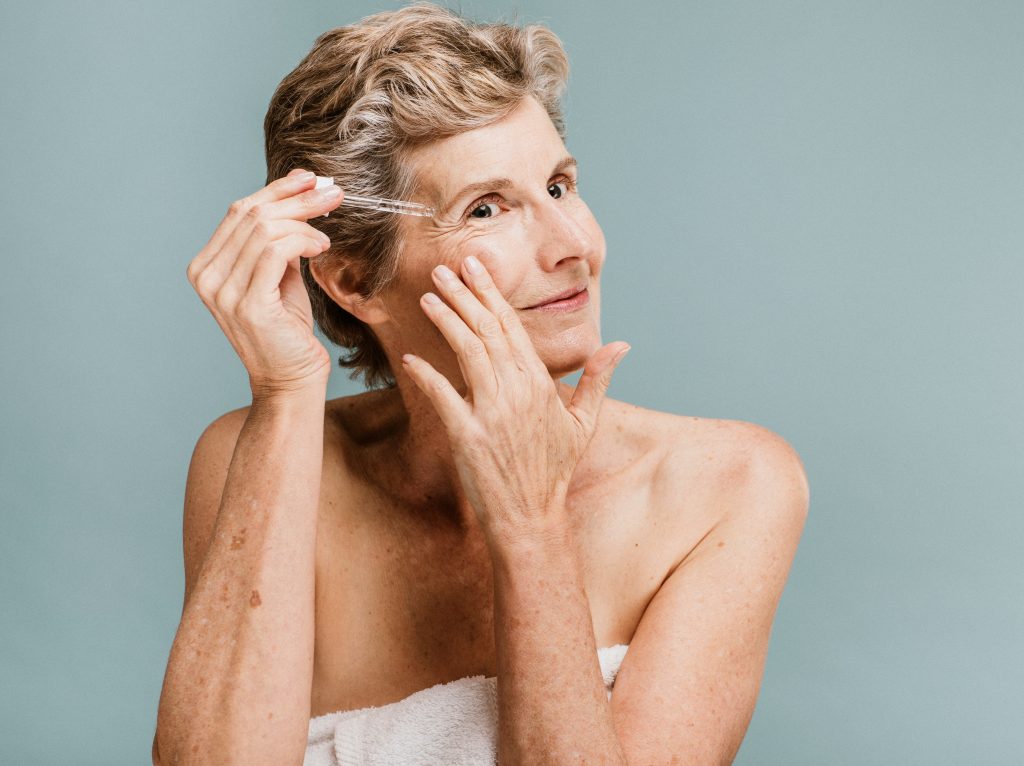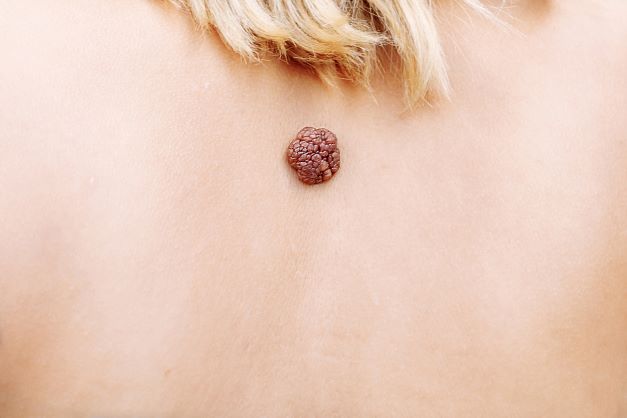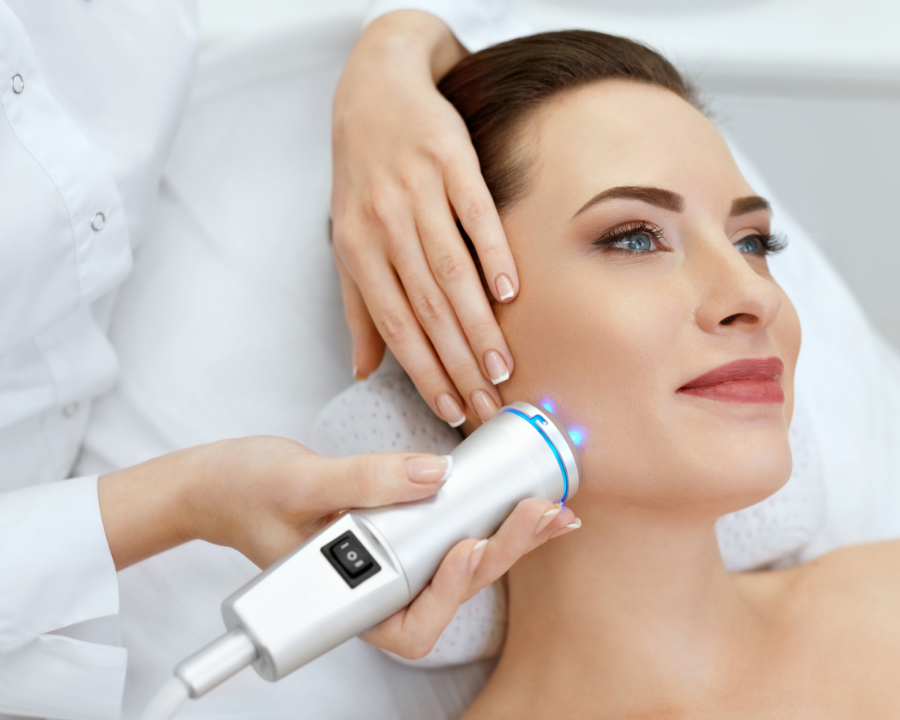What is Basal Cell Carcinoma?
Basal cell carcinoma (BCC) is the most common type of non-melanoma skin cancer. Because basal cell carcinoma grows slowly, most are curable and cause minimal damage when caught and treated early. One of the three main types of cells in the top layer of the skin is basal cells which shed as new ones form. BCC often occurs when DNA damage from exposure to ultraviolet radiation from the sun or indoor tanning triggers changes in the basal cells in the outermost layer of skin resulting in uncontrolled growth. Mainly basal cell carcinoma occurs on the face and neck.
What Causes Basal Cell Carcinoma?
Basal cell carcinoma is mainly caused by harmful UV radiation that penetrates your skin during sun exposure or with tanning beds. When this happens one of the skin’s basal cells develops a mutation in its DNA. This mutation tells the basal cell to multiply rapidly and continue growing when it would normally die and eventually these abnormal cells may form a cancerous tumor appearing on the skin.
Signs & Symptoms
BCC usually develops on sun-exposed skin, generally your neck and head. It appears as a change in the skin, like a growth or a sore that won’t heal. These changes in the skin usually have:
- A shiny, skin-colored bump that’s translucent (meaning you can see a bit through the surface). The bump may also bleed or scab over.
- A brown, black or blue lesion, or a lesion with dark spots that are slightly raised and a translucent border.
- A flat, scaly patch with a raised edge, and over time they can end up growing larger.
- A white, waxy, scar-like lesion without a defined border.
Risk Factors
Some risk factors that can increase your risk of basal cell carcinoma are:
- Sun exposure, spending too much time in the sun or in a tanning bed. Your risk is greater if you live in a sunny or high-altitude location which exposes you to more UV rays.
- Severe sunburns.
- Radiation therapy treats acne or other skin conditions.
- Fair skin, the risk is higher among fair-skinned people who freckle or burn easily.
- Aging, since BCC takes time to develop, most of the time BCC occurs in adults but can also affect younger adults.
- Family history of basal cell carcinoma.
- Immune-suppressing drugs.
- Exposure to arsenic increases your risk along with increases your risk with other cancers.
Prevention
To prevent and reduce your risk of basal cell carcinoma you can take these steps:
- Avoid the sun during the middle of the day.
- Wear sunscreen year-round.
- Wear protective clothing while out in the sun.
- Avoid tanning beds at all costs.
- Check your skin regularly and report any changes to your doctor.
Treatment
It is obvious that the main goal of basal cell carcinoma treatment is to remove cancer completely. Which treatment is best for you depends on the type, location, and size of your cancer and also your preferences and ability to do follow-up visits. Treatment also depends on whether this is a first-time or a recurring basal cell carcinoma.
The first treatment is surgery, which is the most common treatment to remove all cancer, surgical options include:
- Surgical excision is when your doctor cuts out the cancerous lesion and a surrounding margin of healthy skin. This surgical procedure would most likely be recommended for BCC that are less likely to reoccur.
- Mohs surgery is when your doctor removes the cancer layer by layer, examining each layer under the microscope until no abnormal cells remain. This procedure allows your doctor to be certain that the entire growth is removed.
Other BCC Treatments
Other treatments that do not involve surgery include:
- Curettage and electrodesiccation involve removing the surface of the skin cancer with a scraping instrument and then searing the base of cancer with an electric needle.
- Radiation therapy uses high-energy beams, like X-rays and protons to kill cancer cells.
- Freezing involves freezing cancer cells with liquid nitrogen.
- Topical treatments or prescription creams may be considered for treating small and thin basal carcinomas when surgery is not an option.
- Photodynamic therapy is a treatment that combines photosensitizing drugs and light to treat superficial skin cancers. During this procedure, a liquid drug is applied to the skin making the cancer cells sensitive to light, and then later a light that destroys the skin cancer cells is shined on the area.
It’s rare that basal cell carcinoma spreads (metastasize) to nearby lymph nodes and other areas of the body. However if by chance it does these would be the next treatments:
- Targeted drug therapy is focusing on specific weaknesses present within cancer cells, by blocking these weaknesses these drug treatments can cause cancer cells to die.
- Chemotherapy is a powerful drug used to kill cancer cells. This may be an option when other treatments haven’t helped.
View all articles about Basal Cell Carcinoma.





